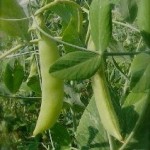Gardening calendar: November
November 14, 2009 @ 9:24 pm
We’ve gotten a fair amount of rain and wind in the Puget Sound recently, and even some snow in the mountains. It may not seem like it, but there’s still plenty to do in the garden.
1. This month is a great time to mulch the vegetable garden. Mulch will help prevent erosion, keep weeds at bay and insulate your plants during the cold weather.
2. Divide perennials such as shasta daisies, asters and rudbeckia (black-eyed Susans).
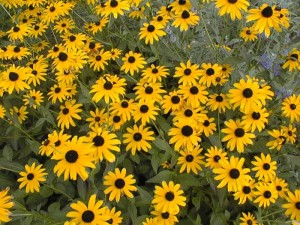
rudbeckia
3. Fertilize lawns late in the month to keep it green through the winter.
4. There’s still time to plant spring bulbs, such as tulips, daffodils and hyacinths.
5. Cut raspberry canes.
6. Continue to plant or transplant perennials, shrubs and trees. Winter months provide ideal conditions for planting new shrubs and trees.
7. Rake leaves and add them to your compost pile, or use them to mulch your landscape beds. Leaves could be piled two to three inches high; over time, they’ll break down and add nutrients to the soil. Avoid using leaves of trees with diseases, or broadleaf evergreens such as rhododendron and laurel (since they take a long time to break down).
8. Avoid heavily pruning roses now. Wait until late February for major pruning. Protect roses by removing leaves, or letting the roses form seeds, or hips.
Filed under Garden Calendar, Seattle Landscape Maintenance Permalink · No Comments »
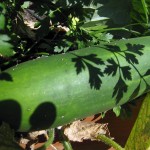
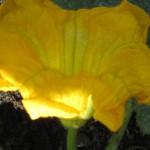 reason you’re not getting fruit set. No pumpkins, squash, ears of corn or tomatoes. What’s going on? A key problem is pollination. Your plant either hasn’t been pollinated at all, or has been insufficiently pollinated.
reason you’re not getting fruit set. No pumpkins, squash, ears of corn or tomatoes. What’s going on? A key problem is pollination. Your plant either hasn’t been pollinated at all, or has been insufficiently pollinated.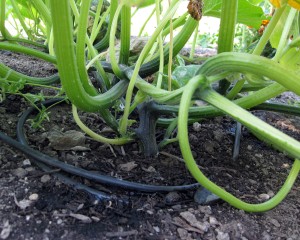 Drip irrigation systems are a must for the lazy gardener, which I clearly am. I set the automated timer and forget about it; the plants get watered in the early morning every few days like clockwork. It’s made a huge difference in how the vegetables in my garden have fared. The tomatoes and pumpkins (pictured to the right) that are in the part of the garden where I have established a drip system are doing great; the potatoes that aren’t on the drip system, however, are struggling this season because of my neglect.
Drip irrigation systems are a must for the lazy gardener, which I clearly am. I set the automated timer and forget about it; the plants get watered in the early morning every few days like clockwork. It’s made a huge difference in how the vegetables in my garden have fared. The tomatoes and pumpkins (pictured to the right) that are in the part of the garden where I have established a drip system are doing great; the potatoes that aren’t on the drip system, however, are struggling this season because of my neglect.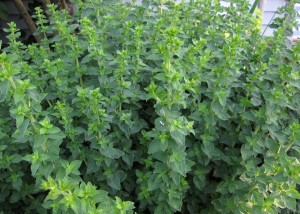
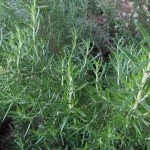
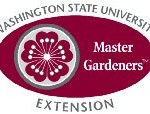
 largest selection of organically and sustainably grown vegetable starts in Seattle. You’ll find over 50 varieties of tomatoes and 20 varieties of peppers, rare and heirloom veggie varieties, an extensive selection of culinary herbs, edible flowers, and drought tolerant perennials. The list of starts includes ‘Fairy Tale’ eggplant, lemon cucumbers, golden midget watermelon, ‘Cajun Delight’ okra, ‘Gypsy’ sweet peppers and much more. Find the lists of items on sale
largest selection of organically and sustainably grown vegetable starts in Seattle. You’ll find over 50 varieties of tomatoes and 20 varieties of peppers, rare and heirloom veggie varieties, an extensive selection of culinary herbs, edible flowers, and drought tolerant perennials. The list of starts includes ‘Fairy Tale’ eggplant, lemon cucumbers, golden midget watermelon, ‘Cajun Delight’ okra, ‘Gypsy’ sweet peppers and much more. Find the lists of items on sale 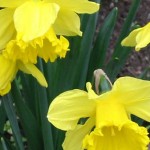 lately. Despite that, daffodils and forsythia are strutting their stuff, tulips are poking through the cold ground, cherry blossoms are in full bloom, and we just noticed some blooming trillium deep in the woods of
lately. Despite that, daffodils and forsythia are strutting their stuff, tulips are poking through the cold ground, cherry blossoms are in full bloom, and we just noticed some blooming trillium deep in the woods of 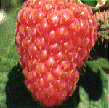 Apply about 3/4 to 1 pound of ammonium sulfate per 100 feet of row. Give blueberries a spring application of a balanced fertilizer such as 5-10-10.
Apply about 3/4 to 1 pound of ammonium sulfate per 100 feet of row. Give blueberries a spring application of a balanced fertilizer such as 5-10-10.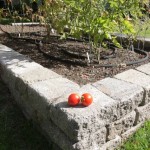 I recommend growing vegetables in raised beds, wherever possible. Your bed could be as simple as a large mounded pile of soil, or as fancy as one made from cedar boards or, as pictured to the left, made from RomanStack blocks. Raised beds help drain water better and warms the soil up quicker so that you can extend your planting season. It helps keep weeds out of the bed, and prevents your soil from becoming too compacted from excess foot traffic. Ecoyards has made several lovely raised beds for clients, including the one pictured at left.
I recommend growing vegetables in raised beds, wherever possible. Your bed could be as simple as a large mounded pile of soil, or as fancy as one made from cedar boards or, as pictured to the left, made from RomanStack blocks. Raised beds help drain water better and warms the soil up quicker so that you can extend your planting season. It helps keep weeds out of the bed, and prevents your soil from becoming too compacted from excess foot traffic. Ecoyards has made several lovely raised beds for clients, including the one pictured at left.